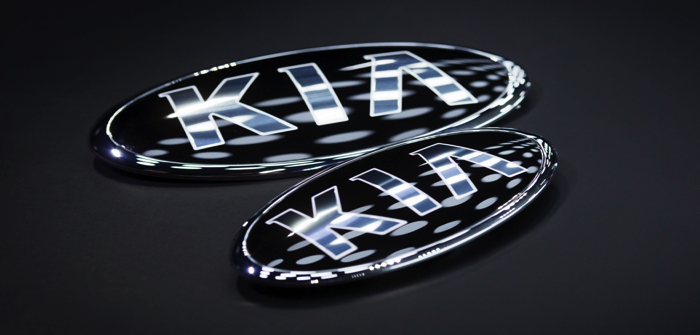Kia has detailed its strategy for the future of mobility at the Consumer Electronics Show (CES) in Las Vegas, Nevada. Based on three core elements and as part of Kia’s ‘boundless for all’ vision, the company has vowed to make its future vehicle line-up more autonomous, connected and electric.
In line with industry trends the policy will see the auto maker introduce 16 electrified vehicles by 2025, including technologies such as hybrid, EV and FCEV power. This includes the release of an all-new fuel-cell EV, which is due for release in 2020.
“By 2025, we will offer a total of 16 advanced powertrain vehicles, with five new hybrids and plug-in hybrids, five new battery EVs, and an all-new mass market FCEV. This FCEV will spearhead Kia’s efforts to realize a zero-emission future for mobility,” said Dr Woong-chul Yang, head of Kia’s R&D center.
As well as the development of future powertrain technology, the South Korean OEM has announced plans to include connected car technologies across every vehicle segment by 2025, make every available model a connected car by 2030 and commence testing of L4 autonomous driving technology in 2021.
Alongside the strategic announcement, Kia unveiled its Niro fully electric compact SUV concept at CES: with a next-generation EV powertrain and featuring new production technologies earmarked for the near-future, the Niro’s energy is provided by a high-capacity 64kWh lithium-polymer battery, paired with a powerful 150kW electric motor. This means a driving range of 383km and zero tailpipe emissions.
“‘Boundless for all’ is Kia’s future vision. This is Kia’s manifesto for its role as a mass mobility provider in the future. Consumers are bound today by the idea that a car is ‘just a vehicle’, but Kia is committed to providing a broader solution to mobility. ‘Boundless for all’ represents a future in which a vehicle can be so much more than the sum of its parts,” said Yang.


